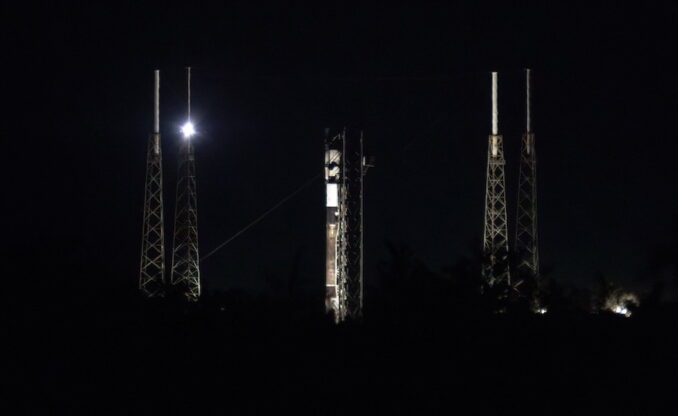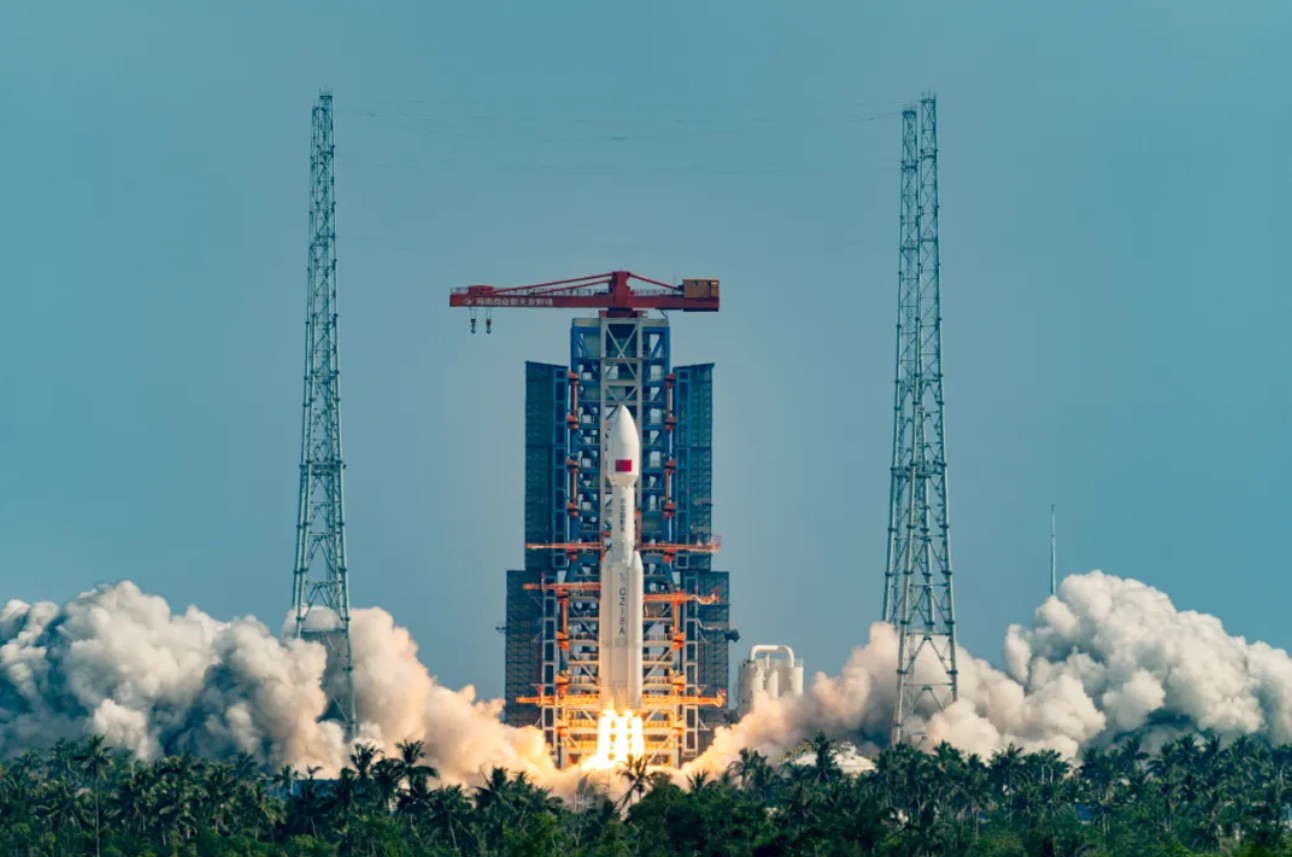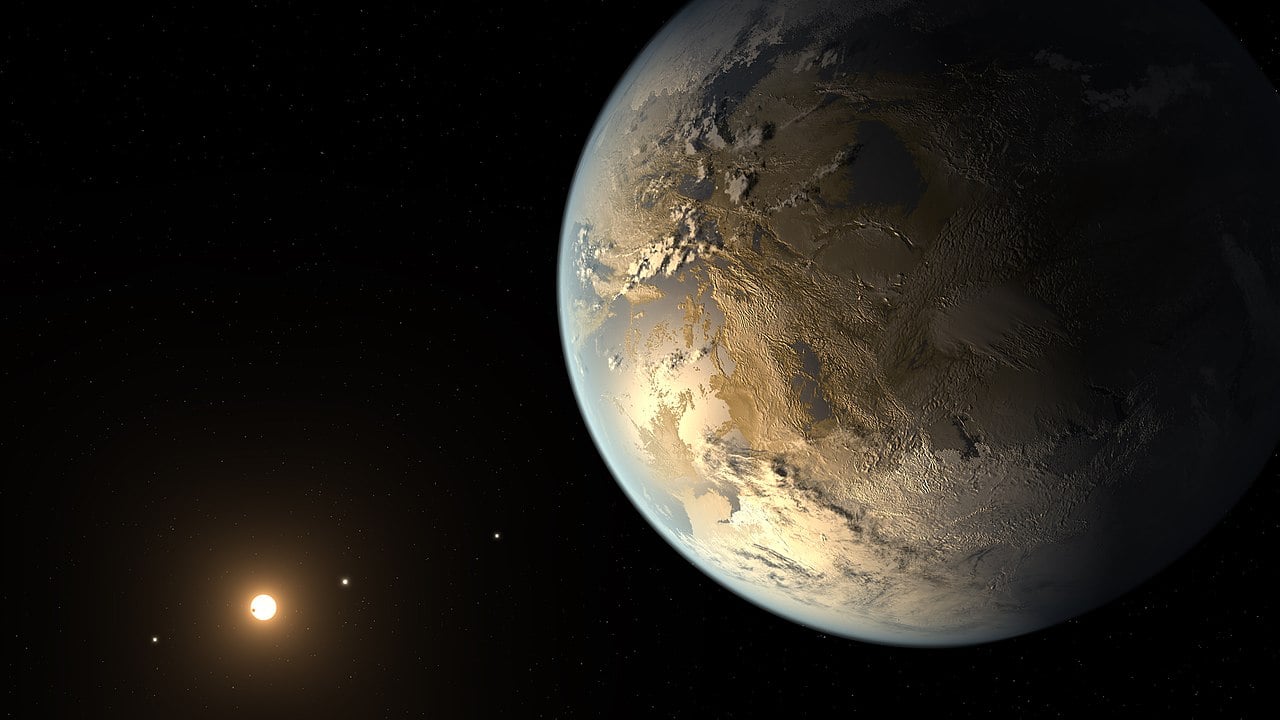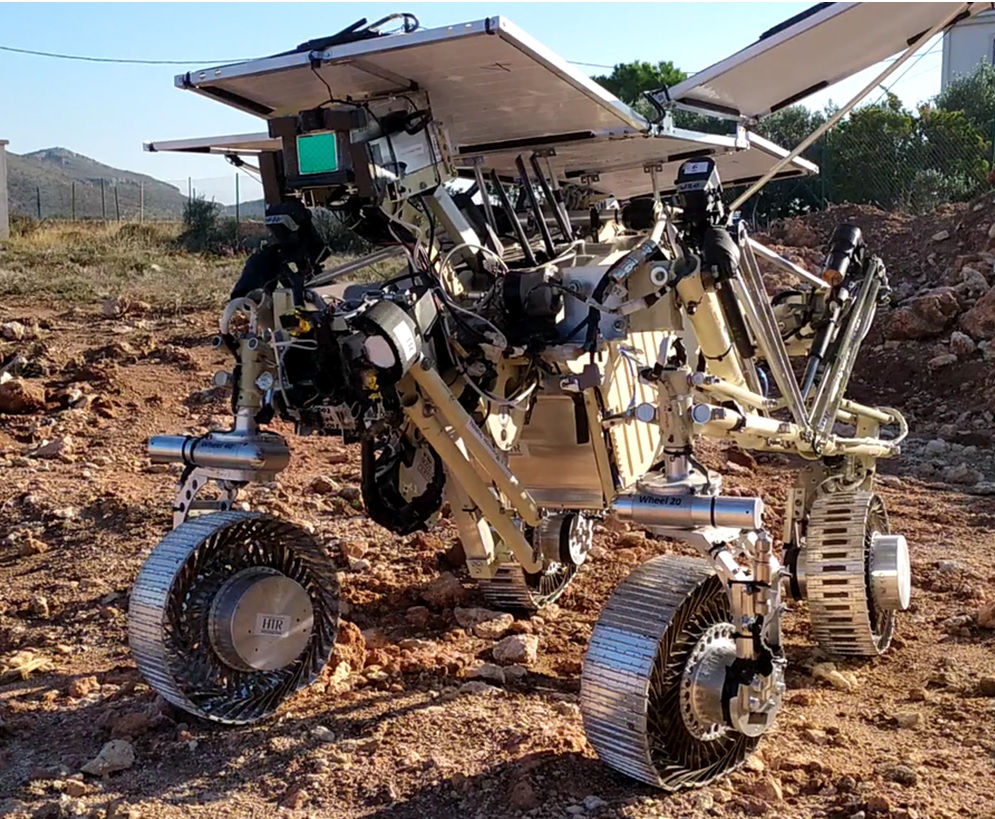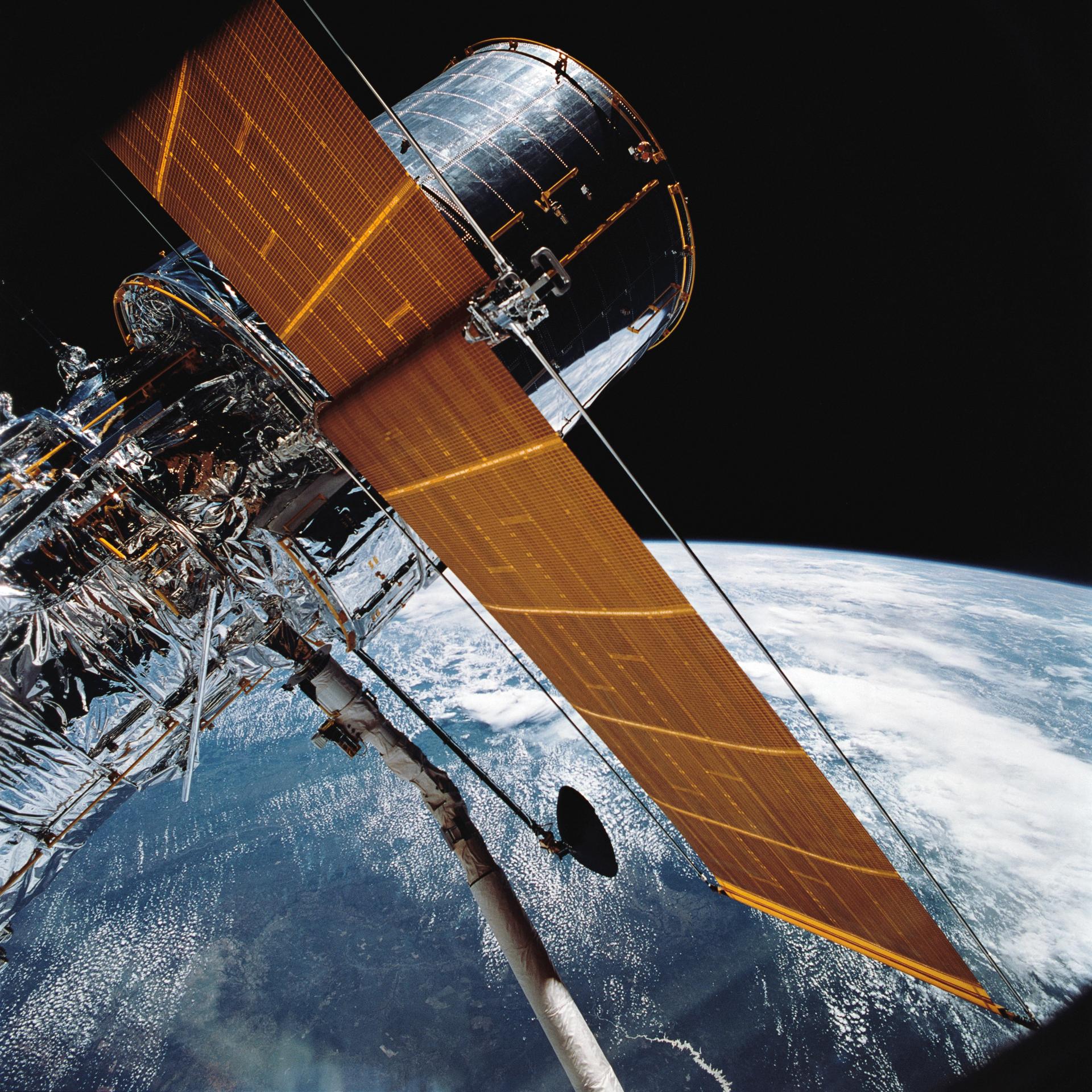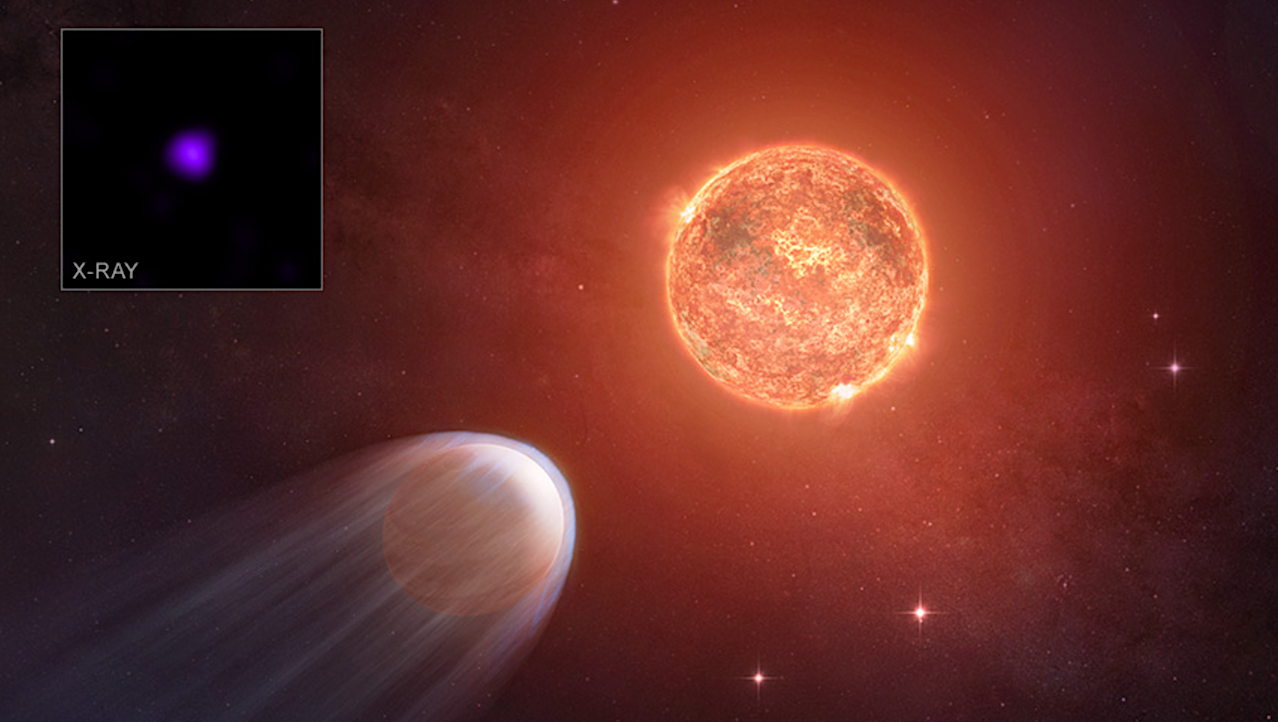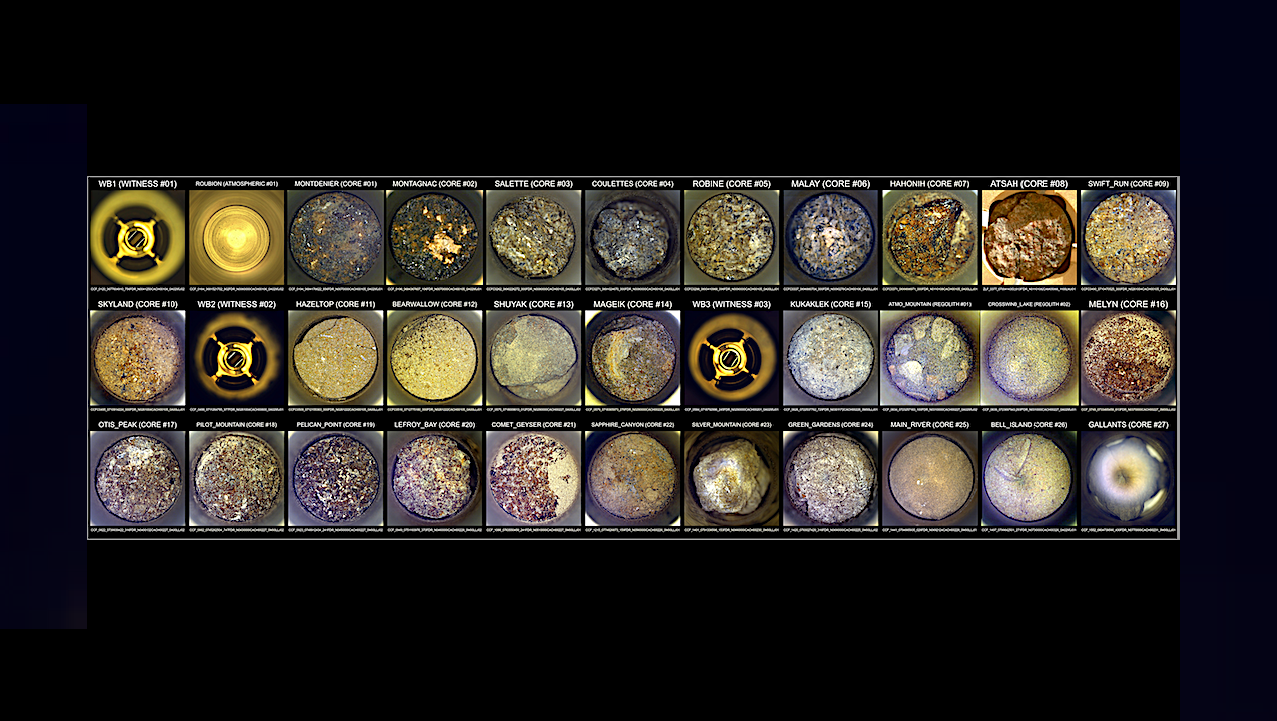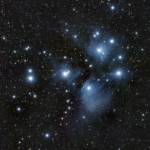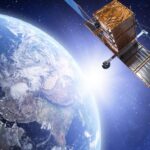File: A SpaceX Falcon 9 rocket stands at Space Launch Complex 40 (SLC-40) at Cape Canaveral Space Force Station. Image: Adam Bernstein/Spaceflight Now SpaceX is preparing to launch its next
Hot Posts387- Page
HELSINKI — China launched a sixth batch of Guowang megaconstellation satellites Wednesday, with a Long March 8A rocket launch from Hainan. To continue reading this article: Register now and get3
Astronomers have discovered an extraordinary world that defies everything we thought we knew about planets. TOI-2431 b, an Earth sized planet located just 117 light years away, races around its
A rocket carrying carbon dioxide- and Earth-observing satellites successfully blasted off from South America late Friday.
At a time when the race to conquer the Moon is accelerating, with dozens of missions planned for the coming years, HTR decides, on a worldwide exclusive basis, to make
When the JWST began science observations in July 2022, it flung open a whole new window on the universe. The JWST looked further back in time than any other telescope,
Vol VV27 | CO3D / Microcarb | Vega C I Arianespace – YouTube Watch On A carbon dioxide-mapping satellite and four Earth-observation spacecraft are scheduled to launch tonight (July 25)
As Hubble marks three and a half decades of scientific breakthroughs and technical resilience, the “Hubble at 35 Years” symposium offers a platform to reflect on the mission’s historical, operational,
Artist’s illustration of a Jupiter-sized planet closely orbiting a faint red star. — NASA A baby planet is shrinking from the size of Jupiter with a thick atmosphere to a
Shown here is an annotated composite image of the interiors of the 33 tubes NASA’s Perseverance Mars rover has used to collect samples as of July 24, 2025, the 1,574th
-
 012024 in Review: Highlights from NASA in Silicon Valley
012024 in Review: Highlights from NASA in Silicon Valley -
 02Panasonic Leica Summilux DG 15mm f/1.7 ASPH review
02Panasonic Leica Summilux DG 15mm f/1.7 ASPH review -
 03How New NASA, India Earth Satellite NISAR Will See Earth
03How New NASA, India Earth Satellite NISAR Will See Earth -
 04And Thus Begins A New Year For Life On Earth
04And Thus Begins A New Year For Life On Earth -
 05Astronomy Activation Ambassadors: A New Era
05Astronomy Activation Ambassadors: A New Era -
06SpaceX launch surge helps set new global launch record in 2024
-
 07Space Force plans new ‘Futures Command’ amid pressure to speed up modernization
07Space Force plans new ‘Futures Command’ amid pressure to speed up modernization


